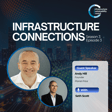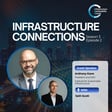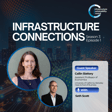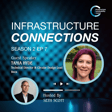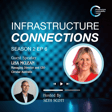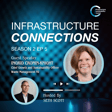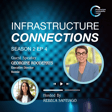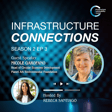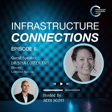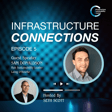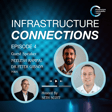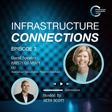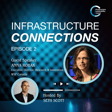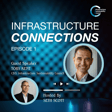
S3E4 - The ISC Impact w/ Toby Kent
Toby Kent is the CEO of the Infrastructure Sustainability Council. Prior to this, he worked for PwC Australia, where he served as a Partner in the Energy Transition. He co-founded and managed ResilientCo Consulting and has been an active board member of the Business Council for Sustainable Development Australia for four years. He was also Chair of the Future Business Council for three years.
Today we're announcing all the exciting developments at the ISC:
• 2025 Impact Report
• ISC 2030 Strategy
• IS v2.2 Design and As Built Tool
• IS for Professionals Pathway Training
👉 We'd love to hear your feedback, share your questions or comments below.
👉 Like & Subscribe so you won't miss out on our upcoming episodes!
👉 Keep up to date with the Infrastructure Sustainability Council:
Website: https://www.iscouncil.org/
LinkedIn: / infrastructure-sustainability-council
#podcast #infrastructure #sustainability #buildingtomorrow
